Illustrator and comic artist Steve Ellis reveals how he comes up with energetic designs that catch the eye and direct the action on the page.

I used to rely on my art instincts when it came to composing an image. My earliest professional work was in comics, drawing an average six panels per page for a total of 130 separate compositions per book. It was a boot camp for composition! I learned to be focused and clear, with simple and strong compositions.
As I transitioned to painting I wanted to be able to do more complex images with multifaceted stories in a single image. This meant that I had to get more involved in learning the tricks of composition.
I tried to figure out why some beautifully rendered images fall apart while other seemingly less-finished pieces held my eye. Why do some images leap off the bookstore shelves while others just sit there? Almost always it was composition that set them apart. To learn more I read books such as Michel Jacobs’ The Art of Composition: A Simple Application of Dynamic Symmetry, and looked at art ranging from Old Masters to the cover of the latest Hawkeye comic through the lens of composition. That started a journey for me which continues to this day.
1 WHAT’S THE STORY?
Whether it’s a professional brief or notes for a personal piece, my first step is to think about the story. Which elements are crucial to telling the story, which are secondary, and which add tertiary support? This is how you figure out the hierarchy of elements in your piece. Here, I wanted the confrontation between the warrior and the dragon to be paramount, but I needed the secondary elements such as the wrecked wooden platform to support the central narrative of the piece.
2 THINK WITH THUMBNAILS
This story is from the March 2019 edition of ImagineFX.
Start your 7-day Magzter GOLD free trial to access thousands of curated premium stories, and 9,000+ magazines and newspapers.
Already a subscriber ? Sign In
This story is from the March 2019 edition of ImagineFX.
Start your 7-day Magzter GOLD free trial to access thousands of curated premium stories, and 9,000+ magazines and newspapers.
Already a subscriber? Sign In

XPPen Artist Pro 19 (Gen 2)
Whether you’re a pro artist or a passionate hobbyist, this pen display offers something for everyone with beautiful colour and accurate drawing
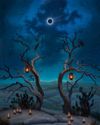
First Impressions
The artists explains how her imagination for fantasy was born
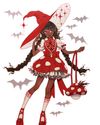
DRAW VIBRANT CHARACTER ART
LIDIA CAMBON reveals her step-by-step process for creating a full-body illustration from first sketch to vibrant, cohesive colour with markers
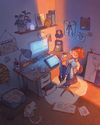
Photoshop & Blender: BUILD NARRATIVE USING INTERIORS
Find out how illustrator Magdalina Dianova creates a cosy setting that helps to express her character’s personality
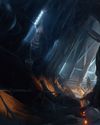
Blender, Procreate & Photoshop DESIGN CREEPY ARCHITECTURE
Nick Stath explains how he built an eerie, atmospheric environment for the sci-fi horrors of Alien: Romulus
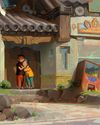
Photoshop - PAINT FAN ART WITH EMOTION
Baptiste Boutié goes in-depth on his approach for creating visual appeal in a tribute to Tekkonkinkreet
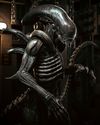
ZBrush, KeyShot & Photoshop - CRAFT A HIDEOUS ALIEN NIGHTMARE
Follow along as character and creature artist Kyle Brown makes xenomorph fan art inspired by Alien: Romulus
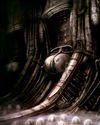
FEARFUL VISIONS
ImagineFX explores the visual heritage of the visceral Alien cosmos and its develooment over the franchise's history

Mike Butkus
Surf's up! Why coastal comforts lured the artist to his California home

The art behind Alien: Romulus
Xenomorphology Tanya Combrinck meets the Alien-obsessed concept artists who revived the visual style of the classic films